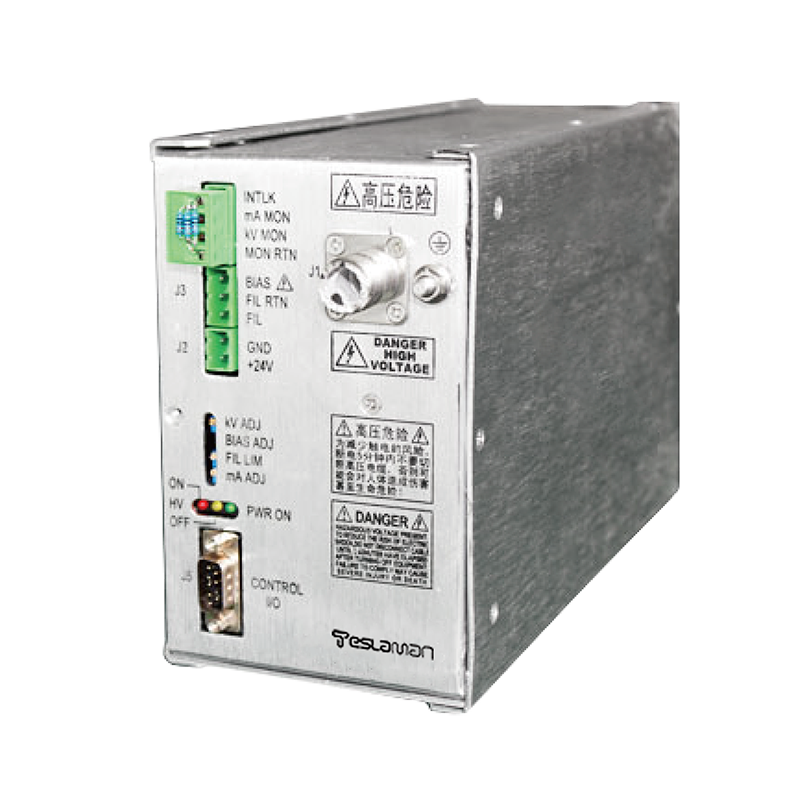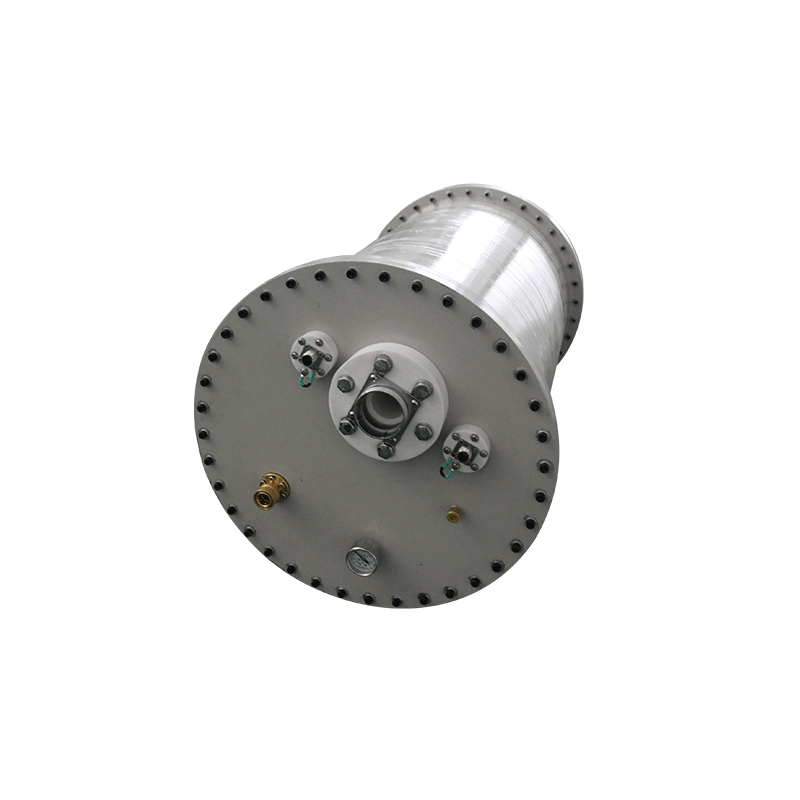Enhancement of Battery Endurance and Fast-Charging Technology in Portable Cable Fault Test Power Supplies
Portable cable fault test systems have become indispensable in field operations, where rapid response and reliable testing are crucial. The core challenge in their design lies in achieving long-lasting battery operation without compromising output stability or portability. High-voltage generation requires substantial power, which makes energy efficiency, intelligent power management, and fast-charging capabilities critical technological priorities.
Modern portable high-voltage power supplies employ high-energy-density lithium-ion or lithium-polymer batteries as their primary energy source. To maximize battery utilization, designers focus on optimizing the power conversion process between low-voltage DC storage and high-voltage AC or DC output. Resonant soft-switching techniques and wide-bandgap semiconductors such as SiC and GaN significantly increase conversion efficiency—often exceeding 95%. This not only extends battery life but also minimizes heat generation, reducing the need for active cooling systems.
Dynamic power allocation algorithms further improve energy efficiency by adjusting the output voltage and pulse frequency according to the testing phase. For example, during pre-location or tracing, lower voltage operation conserves energy, while during fault pinpointing, the system switches to high-voltage, short-duration pulses.
Battery management systems (BMS) integrate real-time monitoring of voltage, current, and temperature to maintain cell balance and prevent over-discharge. Advanced algorithms calculate the state of charge (SOC) and state of health (SOH) with high accuracy, allowing predictive control of energy usage.
Fast-charging technology is realized through hybrid constant-current/constant-voltage (CC/CV) control. By modeling the electrochemical impedance of the cells, the charging current dynamically adapts to minimize charging time while preventing thermal stress. Power factor correction (PFC) circuits and bidirectional DC/DC converters further enhance charging efficiency and safety.
To ensure operational safety under field conditions, the system includes multi-level protection mechanisms such as surge suppression, thermal cutoff, and short-circuit isolation. The use of lightweight composite insulation materials and modular battery compartments improves both ergonomics and maintainability.
These innovations collectively enable portable high-voltage test power supplies to deliver extended field operation, rapid recharging, and high reliability, making them indispensable for decentralized power maintenance and emergency response applications.




















